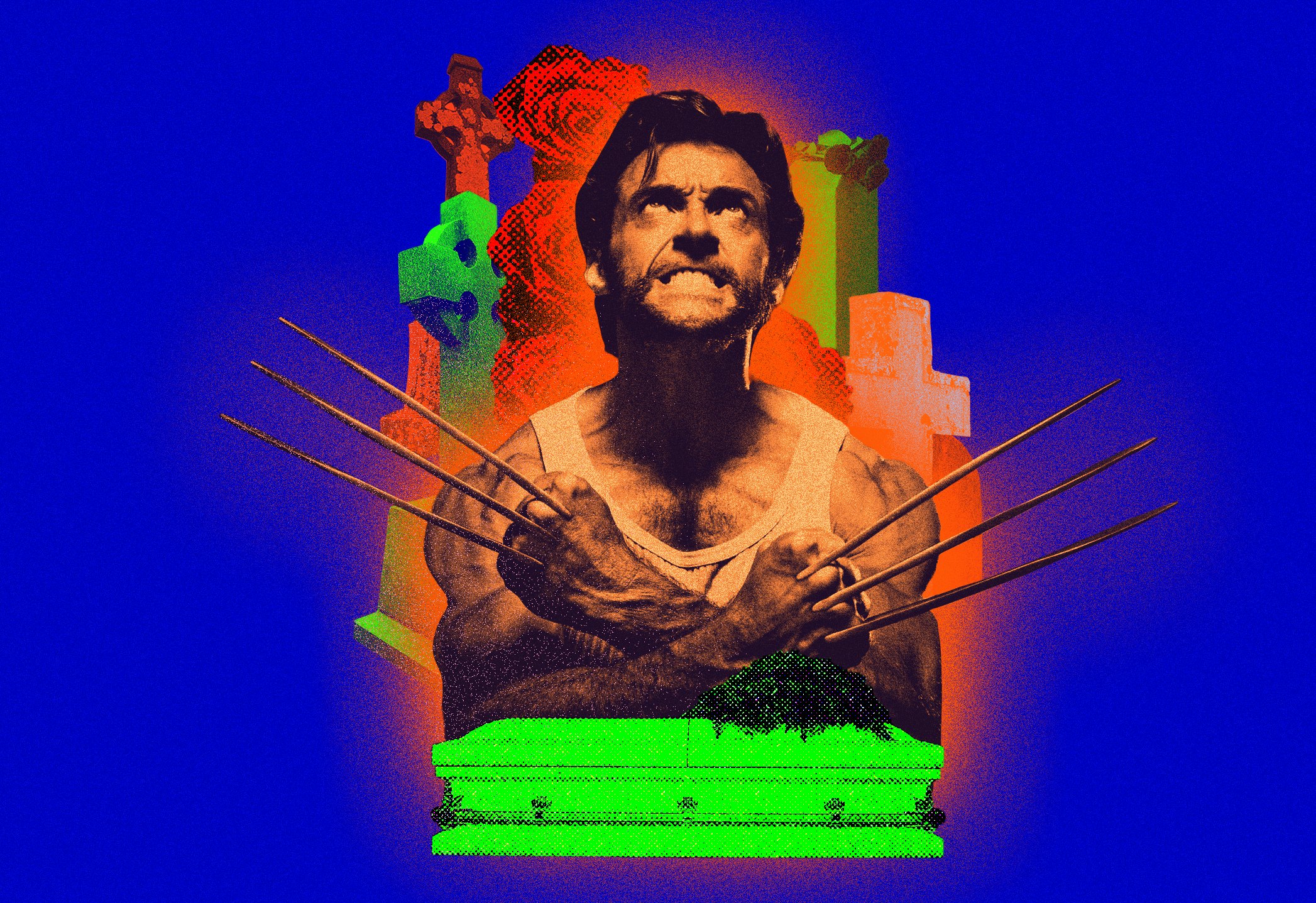
In 2013, Marvel asked Charles Soule to do the impossible: kill Wolverine.
The comic book writer, who made a name for himself at Image Comics before taking on projects at both Marvel and DC, jumped at the challenge — even if he saw through the publisher’s motivation.
“The character had lost a little of his power because he was around so much,” Soule tells Inverse. “So the idea was to give him a chance to rest, while also generating an event book that would hopefully sell a ton of copies.”
“When you’re dealing with icons, their death should be iconic.”
It worked. Released in September 2014, Death of Wolverine #1 topped the comics charts and sold over a quarter of a million issues.
But killing superheroes isn’t just good business. When it comes to comics, the concept of death is a necessary evil. These characters face life-and-death situations on a monthly, if not weekly, basis. If no one ever dies, there would be no stakes to their stories. Still, it’s a big deal when it happens, even if we know it’s almost always temporary.
“When you're dealing with icons, their death should be iconic and surprising,” Soule says, “both in its timing and its manner of execution.”
It’s a tricky balancing act, but a number of writers have managed to do it successfully. Inverse caught up with some of them to put together this hopefully comprehensive — if occasionally contradictory — “how to” guide on the killing of comic book superheroes.
Who decides who dies?
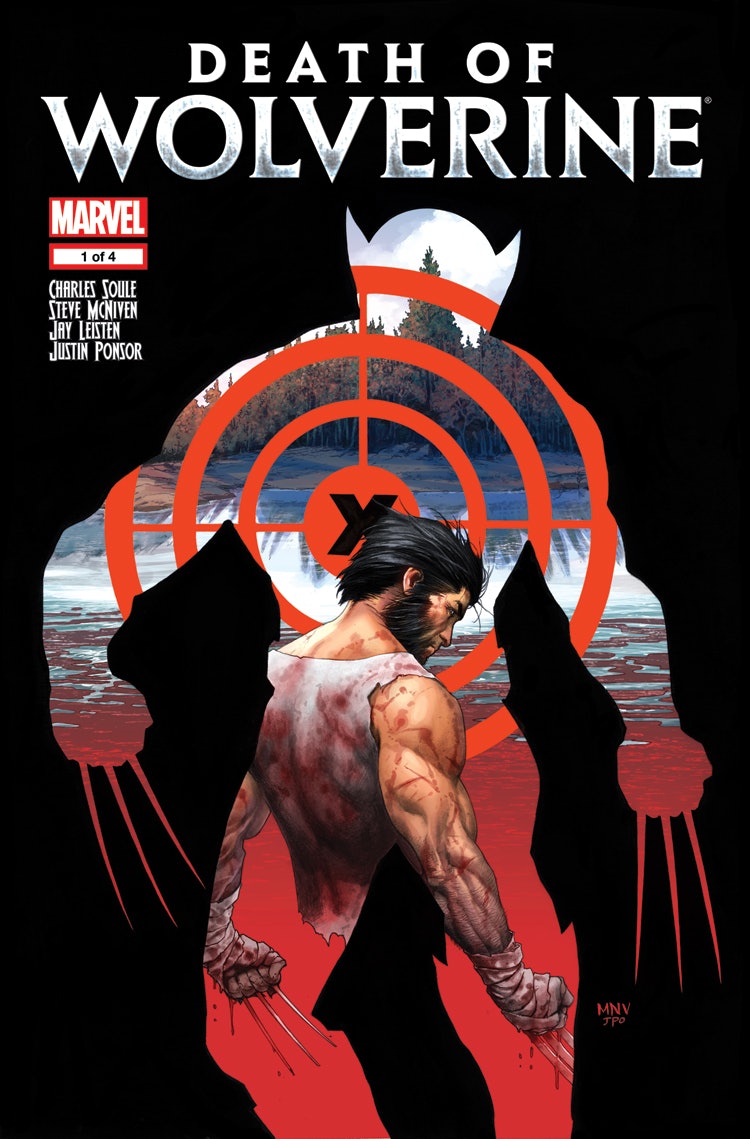
More often than not, the decision to kill a superhero comes from a CEO or a corporate boardroom, not the writer who will tell the story. In Wolverine’s case, Marvel didn’t even tell Soule why the character needed to die.
“I didn't know the whys and wherefores of the decision to do it back then, and still don't, with any specificity,” he says. “But my guess as to ‘why’ is that Wolverine was everywhere in comics those days. He was a formal member of a ton of different teams and was making constant cameos.”
There have, however, been times when it was a writer’s choice to kill someone off, like in the case of another beloved X-Men member: Colossus.
In the pages of Uncanny X-Men #390 (2001), writer Scott Lobdell was charged with closing up the Legacy Virus storyline, a mutant plague introduced in 1993. Lobdell decided that the cure had to be activated with a sacrifice. The first host would die, but they would release the cure into the atmosphere, eliminating the virus. The choice of who seemed obvious.
“When the Legacy Virus story began, it pretty much kicked off with the death of [Colossus’ sister] Illyana,” Lobdell says. “So I thought it would be appropriate to end with the sacrifice of Colossus.”
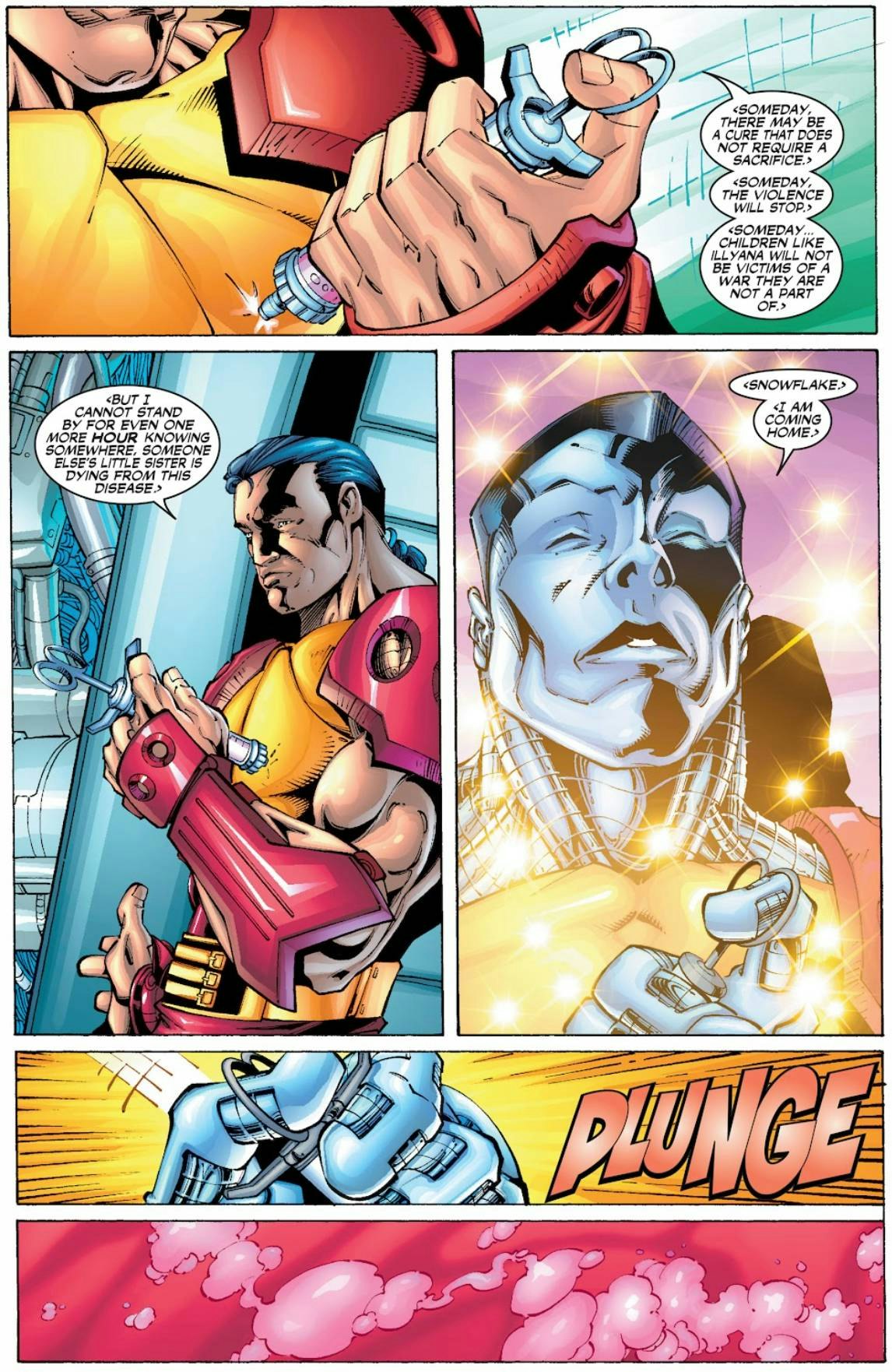
When it comes to the iconic death of Spider-Man’s early girlfriend Gwen Stacy, the internal politics that led to her demise are thornier than you might expect. But the why in this case was fairly straightforward.
Writer Gerry Conway tells Inverse that artist John Romita, who mentored him on plotting out stories, “liked the idea of killing off a supporting character every now and then to remind readers that things mattered.”
Originally, Romita considered killing Aunt May, but Conway disagreed.
“I thought Aunt May was still a fairly important character,” he says. “She’s the living embodiment of the events that lead him to become a hero, so she was off the table.”
The choice came down to two of Spidey’s potential love interests, Gwen Stacy and Mary Jane Watson, and Conway chose Gwen to die for a few reasons. For one, he felt that Spider-Man’s original artist, Steve Ditko, was setting up Mary Jane as Spidey’s long-term love interest. After Ditko left Marvel in 1968, Stan Lee shifted the focus to Gwen Stacy, in part, Conway thinks, because Gwen resembled Stan’s wife. By choosing Mary Jane, Conway felt he was being true to Mary Jane’s original purpose.
Mary Jane was also more interesting than Gwen Stacy. “Gwen was a good girl,” Conway says, “and all the conflict between her and Peter came from outside the relationship by external forces, whereas he and Mary Jane had more internal conflict.”
“I thought Aunt May was still a fairly important character.”
It was a mix of internal and external forces that led to the biggest superhero death of all time: Superman. Back in the early ‘90s, DC actually wanted Superman to get married, not murdered. However, the publisher ran into trouble when it learned that the popular TV show Lois & Clark: The New Adventures of Superman had similar plans.
Even though the continuities were not connected, DC wanted to sync up the marriages in the comic book and TV show, so the creative team behind the Superman comics had to bide their time until 1996. In the meantime, they decided to kill the Man of Steel instead.
The idea came out of a meeting at DC Comics.
“Killing off Superman was something we’d discussed before, but we never had a lot to go with it,” writer Dan Jurgens recalls. “For this particular meeting, I went in with two ideas in my notebook: one was ‘Death of Superman,’ the other was ‘Monster Trashes Metropolis.’”
Jurgens suggested killing Superman to the group but says “it didn’t get much traction” at first. However, after they failed to come up with anything better, DC circled back to the idea and started to “seriously discuss the death of Superman.”
“I wanted something epic”
Once a character has been selected to die, the writer and artist still have to stick the landing with a satisfying death unique to that superhero.
“I knew I wanted something epic that would do justice to all the incredible Wolverine stories that had come before,” Soule says, “but also wasn't just ‘Wolverine fights a thousand ninjas and dies.’ After all, we've seen him fight a thousand ninjas and win a bunch of times — did we really want to see him lose?”
“I was really dissatisfied with the caliber of Superman’s villains at the time.”
The writer also wanted Wolverine’s death to feel like a sacrifice. And, most importantly, he needed an idea that would look cool in the comics. So Soule decided that Wolverine would be encased in adamantium and asphyxiate.
“It checked all the boxes for me,” Soule says, “It was really somber and horrific in a way I thought Logan deserved. He hasn't always been the best guy, after all, so there needed to be an element of penance to his death.”
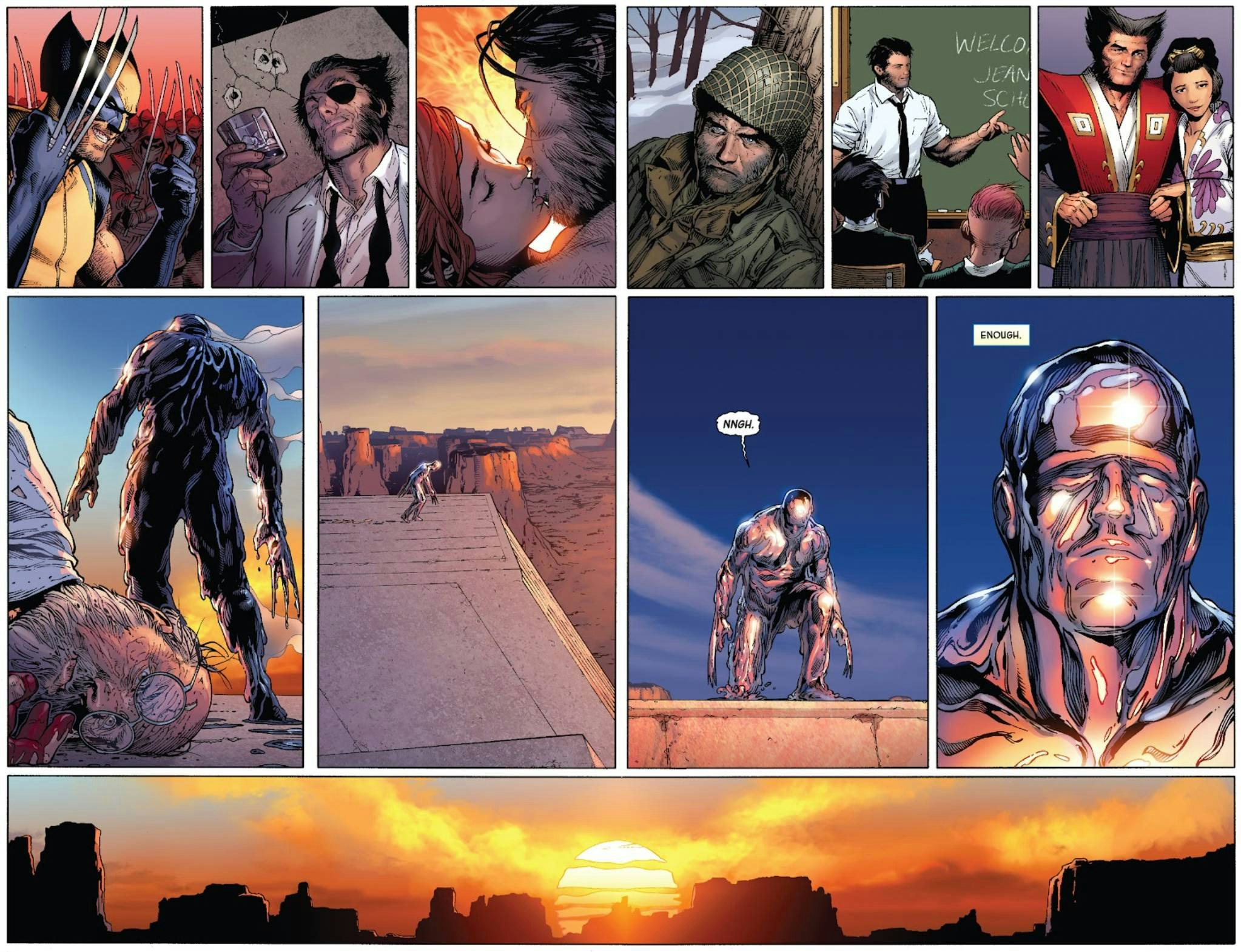
But while Wolverine deserved something horrific in his sacrifice, Gwen Stacy did not.
“We didn’t want a grotesque death for Gwen, we wanted something peaceful,” says Conway. “When I was writing the outline, I decided that she would be thrown off the George Washington Bridge and the fall would kill her.”
The problem was, it wasn’t clear precisely how the fall killed her from Conway’s outline, so artist Gil Kane drew her getting whiplash when Spidey’s web caught her. When Conway got the artwork back, he added the “SNAP” sound effect, which sealed her fate — Gwen Stacy’s neck had broken as a result of Spider-Man’s actions.
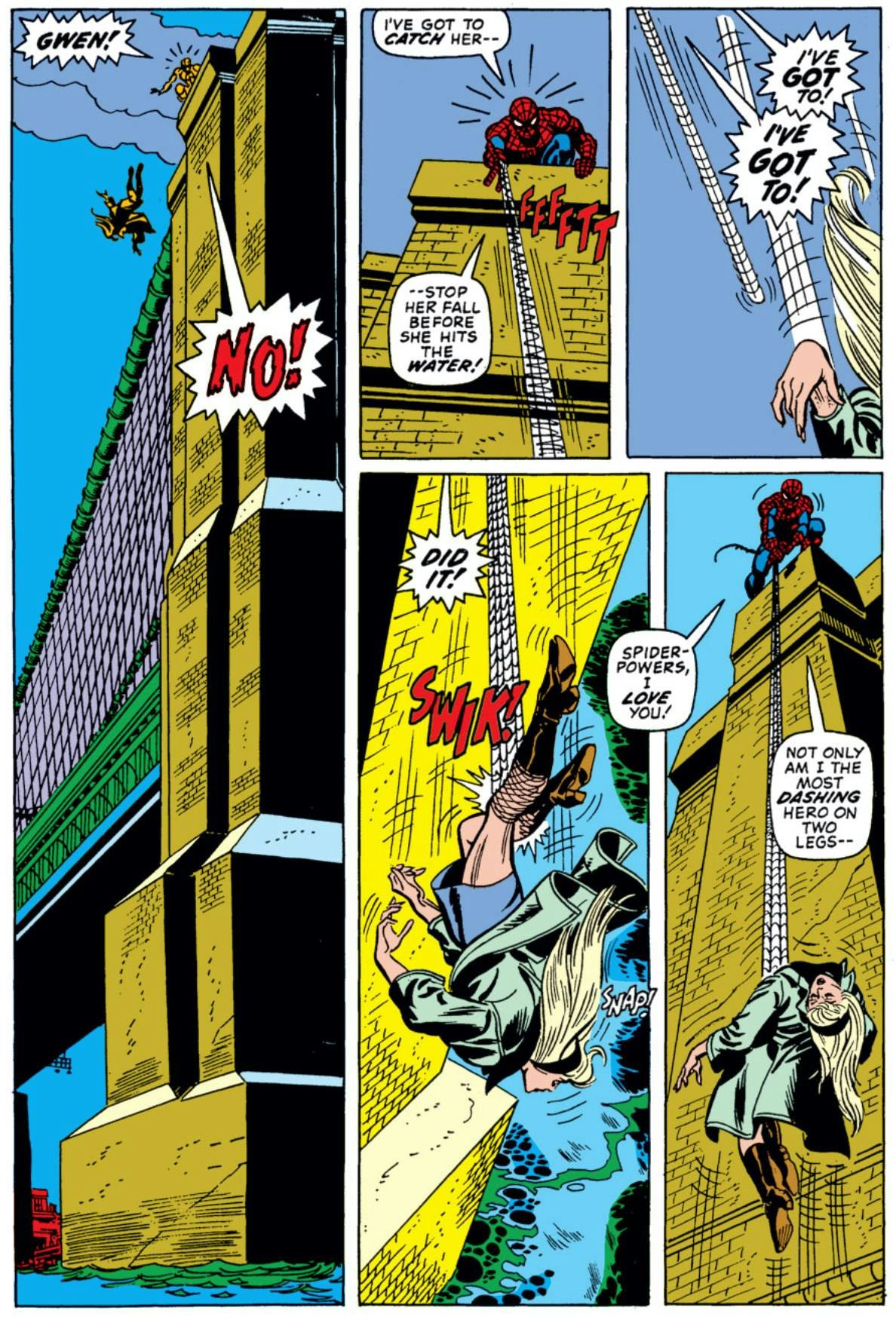
For Superman, Jurgens didn’t want his death to be from Kryptonite — too obvious — and he didn’t want it to be one of Superman’s classic villains.
“I was really dissatisfied with the caliber of Superman’s villains at the time,” Jurgens says. “Lex Luthor was a guy in a business suit, and if we had Brainiac do it, it would have just been the 167th Brainiac story.”
That's where Doomsday came in, a brand-new villain who entered the book as a force of nature.
“We didn’t want to give him an origin story at that time,” says Jurgens. “We described him as a hurricane with legs.”
Finding meaning in death

When a character dies, the ongoing series can’t stop (because money), but it shouldn’t be business as usual either. The best stories about death in comics generally cover the aftermath as much, if not more, than the death itself.
“Spider-Man not only fails to save Gwen, he fails spectacularly,” says Conway. “He contributed to her death and what you do with that information defines your heroic persona going forward. For Peter to take that in and still remain committed to being a hero is as important to his story as the original death of Uncle Ben.”
When Colossus died, the Legacy Virus was eliminated and mutant-kind was grateful for his sacrifice. His death elevated Colossus’ importance in X-Men as a whole. Lobdell also dedicated an entire issue to the grief felt by Kitty Pryde, Colossus’ biggest love interest, and followed her story as she went to Russia to spread his ashes (at the time, Lobdell thought this was a pretty airtight way to keep Colossus dead, but we’ll get to that shortly).
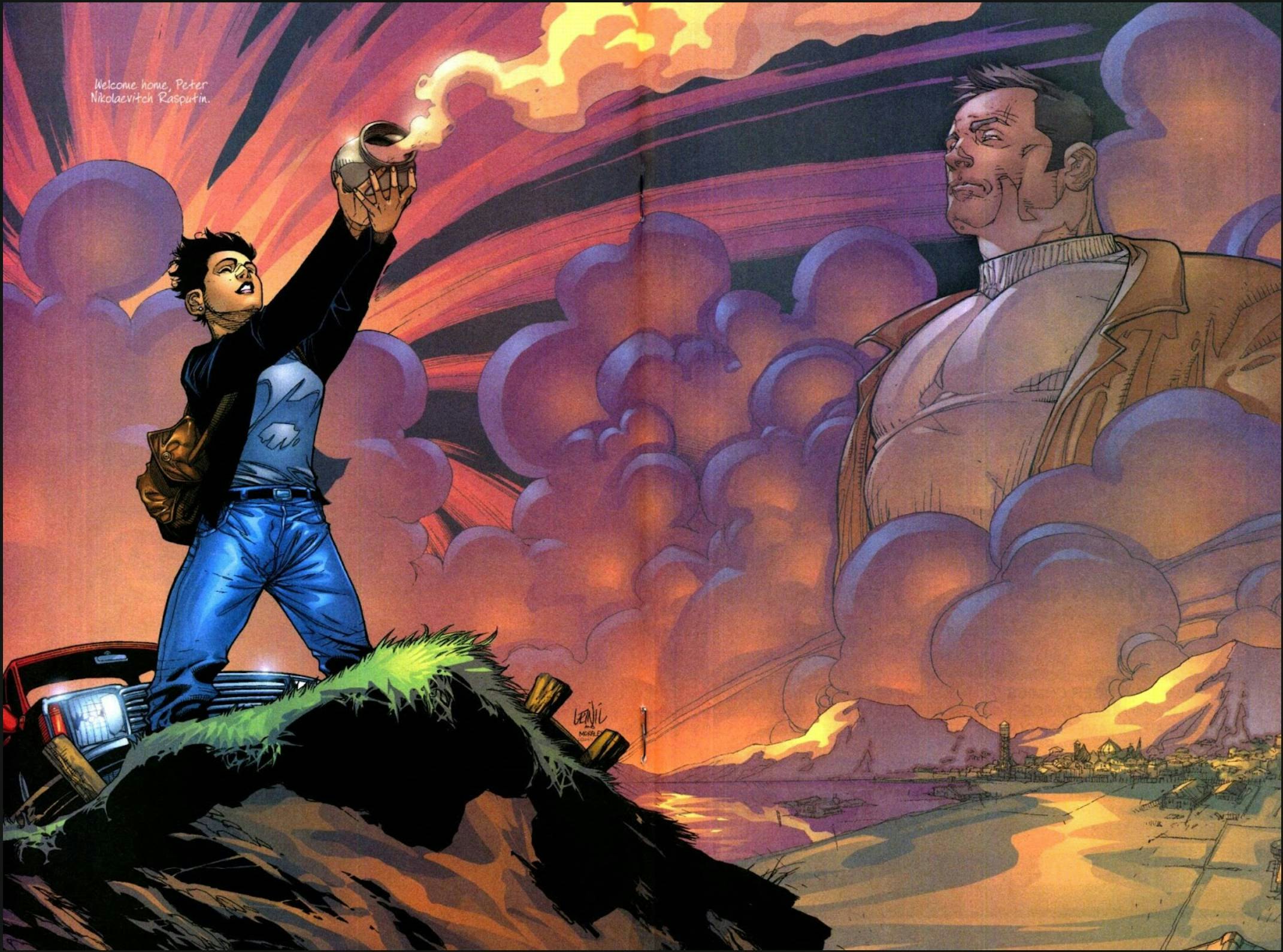
For the death of Superman, pretty much the whole story was about the effects of his death, as opposed to the death itself. While his demise at the hands of Doomsday was exciting and satisfying, the point of killing off Superman was all about the aftermath.
“In that initial meeting where we talked about the death of Superman, the idea only gained traction when we started to talk about the effects on the world if Superman died,” Jurgens says. “What does Superman mean to the world? What does he mean to the DC universe as a whole? What does he mean to Joe Six-Pack living down the street? What does he mean to the media? What does he mean to everyone?”
“Would the president do that for Batman?”
To Jurgens and the rest of the team working on Death of Superman, what interested them most was exploring the unique position Superman occupied in the world, even when compared to other superheroes.
“We talked about his funeral. Would the president show up? We figured ‘yes,’ so we had Bill Clinton come to the funeral,” says Jurgens. “Would the president do that for Batman? Robin? I don’t think so.”
The fans react
“Comic book readers are inherently conservative in terms of change,” says Conway.
While most people will tell you they don’t want to read the same story over and over again, audiences tend to rebel when major changes are made. Writers can sometimes take the brunt of that reaction, even when it wasn’t their idea.
“People have accused us of killing Superman as a marketing stunt,” Jurgens says. “But we wanted to tell a really good Superman story that would address the importance of Superman.”
“People have accused us of killing Superman as a marketing stunt.”
While DC expected sales to increase somewhat, no one thought the death of Superman would become a major news story.
“We had no idea it would sell out so quickly,” Jurgens says. “The success of our story worked, in large part, because the real world reacted the same way the characters within the comic were acting. It was a weird dovetailing of reality and fiction.”
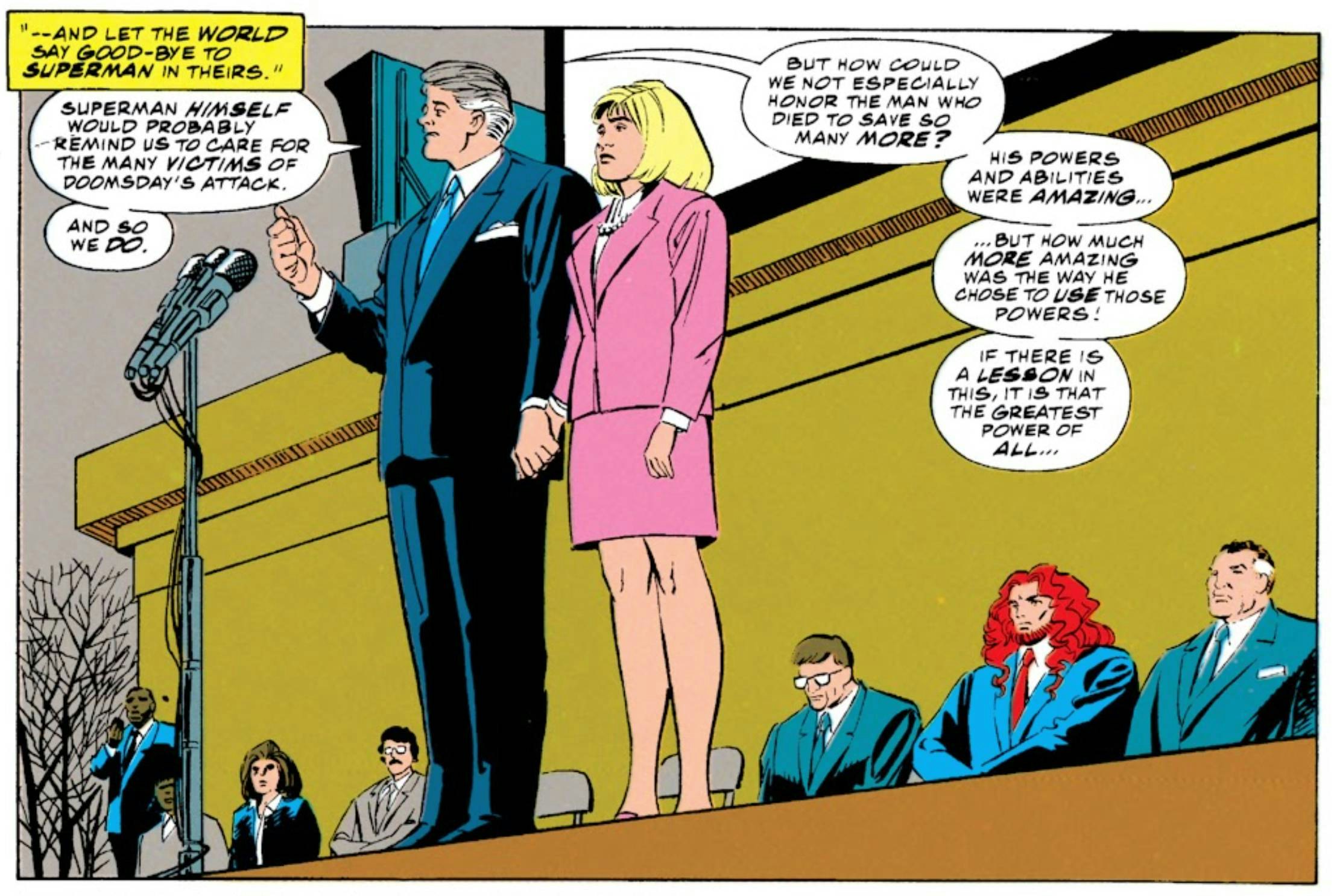
For Conway, even though it was his idea to kill Gwen Stacy and he was writing The Amazing Spider-Man at the time, he didn’t really have to face the reactions from fans. Instead, Stan Lee did, which, at times, meant Lee would revise history and backpedal on how much he supported Gwen’s death.
Conway says that when he first pitched the idea to Stan Lee, who was the publisher of Marvel at that time, Lee had no objections.
“I don’t know that it really penetrated to him that we were doing it. He had been kind of disengaged as a writer at that point and was more focused on publishing strategies and ways to bring Marvel into the larger world through television and things like that. But he was totally fine with it.”
However, things changed after Lee started to get angry questions on college lecture tours from fans asking why he killed off Gwen Stacy. That’s when, according to Conway, the story changed to Lee saying he may have been out of town or not really listening when the decision was made.
But just like time has proven Jurgens right, the same can be said of Conway. Gwen Stacy’s death was one of the most pivotal in the history of comics, as it's generally regarded as the moment where the more idealistic stories of the Silver Age of comics gave way to the more mature storytelling of the Bronze Age.
The inevitable resurrection

Uncle Ben might stay dead, but most comic book characters come back to life eventually. And then, there’s Gwen Stacy. While the woman that Spider-Man failed to save remains dead, she’s taken on a new life as Spider-Gwen in another dimension where Gwen lived and Peter died.
Conway doesn’t believe that Spider-Gwen’s existence undermines Gwen Stacy’s death in the least.
“I love Spider-Gwen!” he says. “The only reason why she works is because the real Gwen is dead. Her point is that she’s the reverse, she feels guilt over Peter’s death.”
Other characters like Superman and Wolverine were never going to be gone for too long. Superman was dead for about a year before DC brought him back via a piece of Kryptonian sci-fi tech called the Regeneration Matrix. The creative team felt that a year was a good amount of time for the character to be gone, and more importantly, they didn't want to risk having anyone else take control of the story they had developed.

As for Wolverine, he died in 2014 and didn’t get resurrected until 2018 when Marvel asked Soule to return for Return of Wolverine. Four years was a fairly stunning amount of time for a headliner like Wolverine to be gone, but there was a unique situation that allowed this to happen.
“The key reason Wolverine stayed dead as long as he did can be summed up in three words: Old Man Logan,” Soule says.
“I thought there was no possible way to bring him back.”
This alternate-reality take on the hero created by Mark Millar and Steve McNiven entered the mainline comics through Marvel’s Secret Wars event in 2015 and filled the hole left by Wolverine’s death.
“There wasn't much urgency to bring him back,” Soule says. “Not until the Marvel universe churn came around to, ‘OK, we need a huge beat that will get people talking, what can we do this time?’ The answer was, ‘Let's bring back the real Wolverine.’”

As for Colossus, this is precisely the kind of character that maybe should have stayed dead but didn’t. Colossus is a fantastic X-Men character, but he’s not Wolverine, Professor X, or even Cyclops. Lobdell knew this, which is why he cremated him.
“With Kitty sprinkling his ashes, I thought there was no possible way to bring him back,” says Lobdell. “But, of course, he came back.”
Unlike Jurgens and Soule, Lobdell wasn’t able to resurrect the character himself, but he says it doesn’t really bother him that much.
“A little-known secret about comic book writing is that, when you’ve written a comic book for an extended length of time and then you leave, everything after that feels like fan fiction.”
The Inverse SUPERHERO ISSUE challenges the most dominant idea in our culture today.







